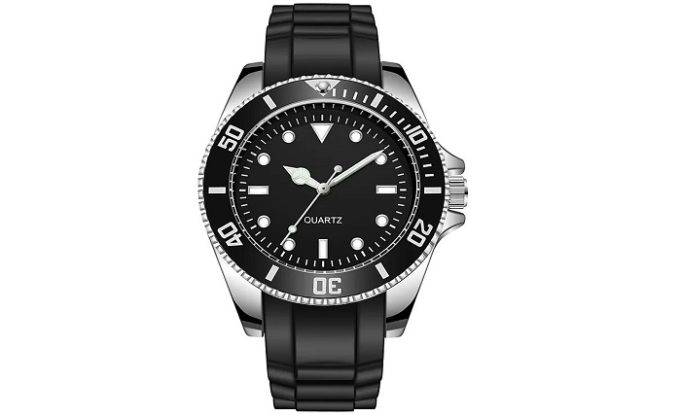If you’re looking for a watch, you might have noticed a big difference in price between Japanese movement and Swiss movement watches. But what is the difference between the two, and why are Japan movt watch prices often lower? In this blog post, we’ll take a look at the differences between Japanese and Swiss movement watches, and explore why Japanese watches are typically less expensive.
The cost of materials
The most significant difference between Japanese movement watches and Swiss movement watches is the cost of materials used in the construction of the watch. Japanese movement watches are usually constructed with cheaper materials than Swiss movement watches, and this is reflected in their price.
Japanese movements are typically made with plastic or aluminum, while Swiss movements are usually made with stainless steel or higher-grade alloys. This makes Swiss movements more durable and reliable, but also more expensive to produce.
Additionally, some Japanese movement watches are powered by quartz crystals, which are also significantly cheaper than the mechanical movements used in Swiss watches. Overall, the use of cheaper materials in Japanese movement watches allows them to be sold at lower prices than Swiss movement watches.
>The cost of labor
When looking at the difference between Japanese movement watch prices and Swiss movement watch prices, the cost of labor plays a significant role. Swiss watchmakers tend to be much more highly trained than their Japanese counterparts, so they charge more for their services.
Additionally, Swiss watchmakers are typically unionized and have higher wages than their Japanese counterparts, making their services more expensive overall. Furthermore, Swiss watchmakers often have to adhere to stricter regulations and guidelines when it comes to quality control and production, resulting in a higher price tag for their watches.
In contrast, Japanese watchmakers are not as highly trained or specialized, so they can offer their services at a lower cost. They also do not typically need to adhere to the same strict standards that Swiss watchmakers do, resulting in a lower price tag for their watches. In addition, Japanese watchmakers are often able to take advantage of economies of scale, allowing them to produce larger quantities of watches at a lower cost. This means that they can pass on the savings to the consumer in the form of lower watch prices.
<>The cost of marketing
p>When it comes to marketing, Japanese movement watches tend to be marketed at a much lower cost than Swiss movement watches. This is due to the fact that Japanese movement watches have a much larger market share and are seen as more accessible to the average consumer. As such, Japanese watchmakers tend to focus their marketing efforts on reaching out to more people in order to increase their sales.On the other hand, Swiss movement watches are marketed in a much more exclusive manner. Swiss watchmakers tend to focus their efforts on targeting a smaller, more affluent demographic. This includes sponsoring events, creating advertisements in high-end magazines, and engaging in more expensive marketing campaigns. All of these efforts cost significantly more money than the marketing efforts of Japanese watchmakers. As a result, Swiss movement watches often have higher prices due to the additional costs associated with marketing them.











